What is the concept of mas
(Multimedia Art Space)
?
Multimedia Art Space is a place where you can totally immerse into ART with your senses – you can see it, hear it and feel it.
It is specially designed concept where experience of art is deepened by additional tools, such as size of paintings, music, and multimedia with highlights of all the details, so you can truly feel the art.
It is specially designed concept where experience of art is deepened by additional tools, such as size of paintings, music, and multimedia with highlights of all the details, so you can truly feel the art.



CAN YOU SEE
THE MUSIC
THE MUSIC
AND HEAR
COLORS?
COLORS?
Did you know?!
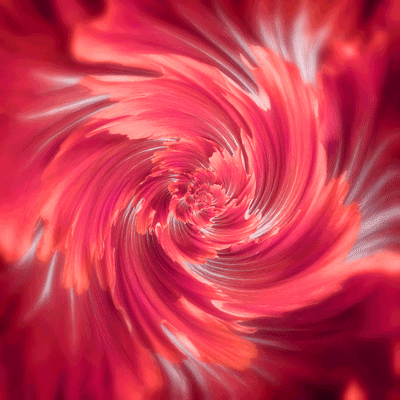
Science proves that Colors and Music naturally break down the emotions in our brain cells causing specific neural activity and lowering
the stress level
the stress level
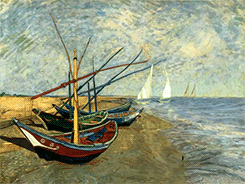
Humans can actually "hear colors" – it is called Synesthesia – a perceptual condition of mixed sensations. Example: Our brain is able to remember a picture or color by linking it to the melody that was played at that time or vise versa

he idea of Digital Art Museum is creating a notion of inclusion, break the invisible walls between people, distances, ways we see and experience art, the way art is done. Its is not anymore You AND Art it is now You WITH Art

Digital Art Museum is part of Art Activation - a tool used to motivate each of us to include art more into our life, to visit those amazing museums and galleries where the originals are or, perhaps to create art ourselves

Monet2Klimt Exhibition
The exhibition "Monet2Kimt" consists of over 140 carefully chosen main works of Oscar-Claude Monet, Vincent Willem van Gogh and Gustav Klimt, shown in chronological order, putting an era of art history under the same roof.
Those three geniuses, each on their own way, were pioneers in making postulates and direction of change from 'classical' into 'modern' art.
Those three geniuses, each on their own way, were pioneers in making postulates and direction of change from 'classical' into 'modern' art.
Their vision and talent followed by controversy and non-acceptance of society at that time are our inspiration of believing that art is a free spirit land of imagination and through this digital seeing each of us will be having unique opportunity to:
• See the patterns and canvas layers of the impressionism of Monet
• Feel the Van Gogh's post-impressionism colors and vision of art
• Understand the controversial Art Nouveau and symbolism of Klimt
• See the patterns and canvas layers of the impressionism of Monet
• Feel the Van Gogh's post-impressionism colors and vision of art
• Understand the controversial Art Nouveau and symbolism of Klimt










Kandisky2Malevich
Following the great trio of the Monet2Klimt exhibition, the NEW Kandisky2Malevich exhibition represents a parallel of the same era and shows the great works of Hilma af Klint, Wassily Kandinsky and Kazimir Malevich.
This exhibition consists of XX paintings, followed by XX symphonies. It is impressive to see how these art extravagates were living in the same era but were pioneers of the totally another art direction – the abstract
This exhibition consists of XX paintings, followed by XX symphonies. It is impressive to see how these art extravagates were living in the same era but were pioneers of the totally another art direction – the abstract
•Hilma af Klint and her impressiveness in abstract art will show you why she was long hidden gem in the art elite world
•The idea of "hearing colors" was developed by Kandisky and will be brought to you while listening to the classical symphonies at the exhibition
•Malevich was undoubtedly the pioneer in exploration of pure geometric forms and their relationships to each other, step into his mind and try to understand those unbreakable boundaries he has created
•The idea of "hearing colors" was developed by Kandisky and will be brought to you while listening to the classical symphonies at the exhibition
•Malevich was undoubtedly the pioneer in exploration of pure geometric forms and their relationships to each other, step into his mind and try to understand those unbreakable boundaries he has created

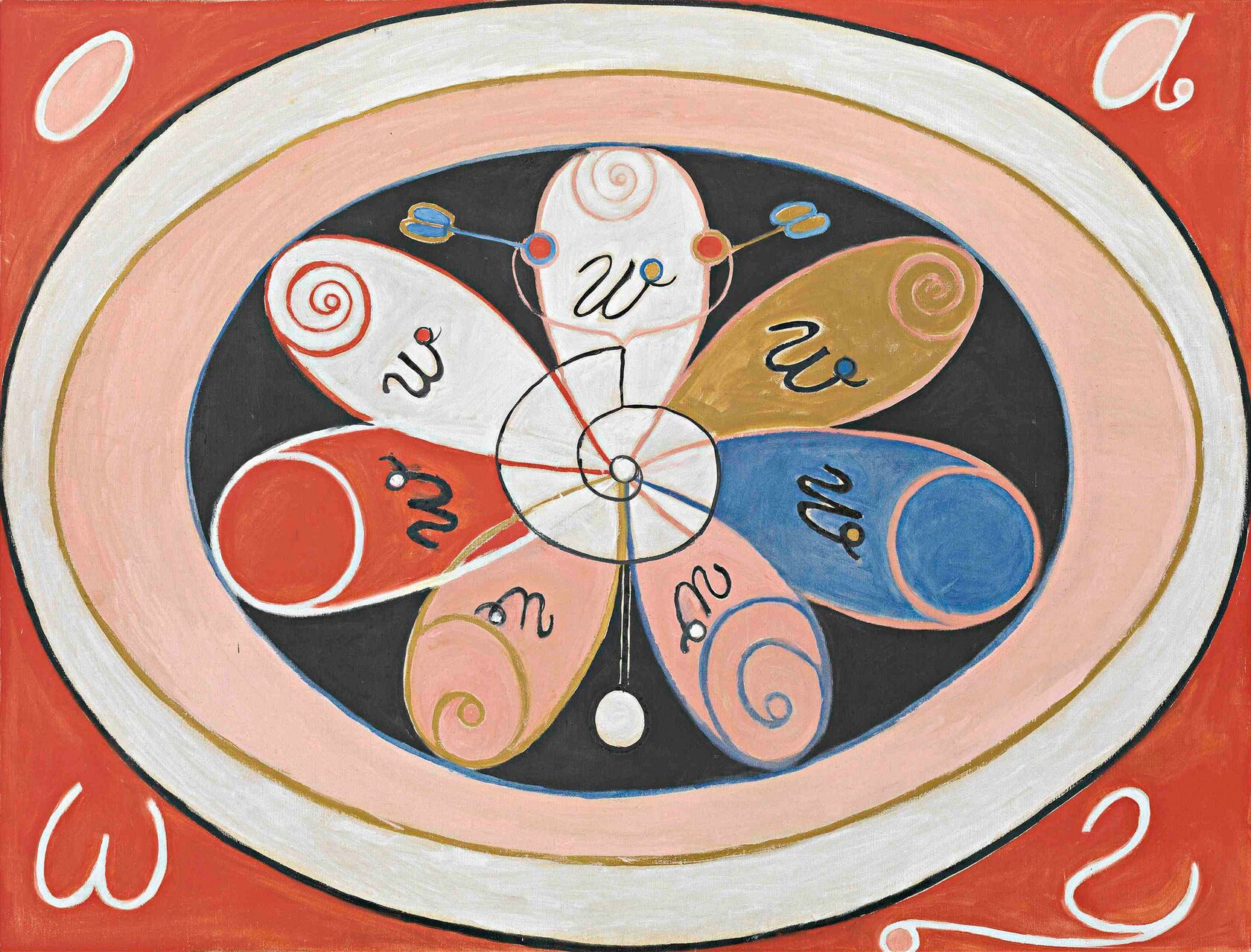
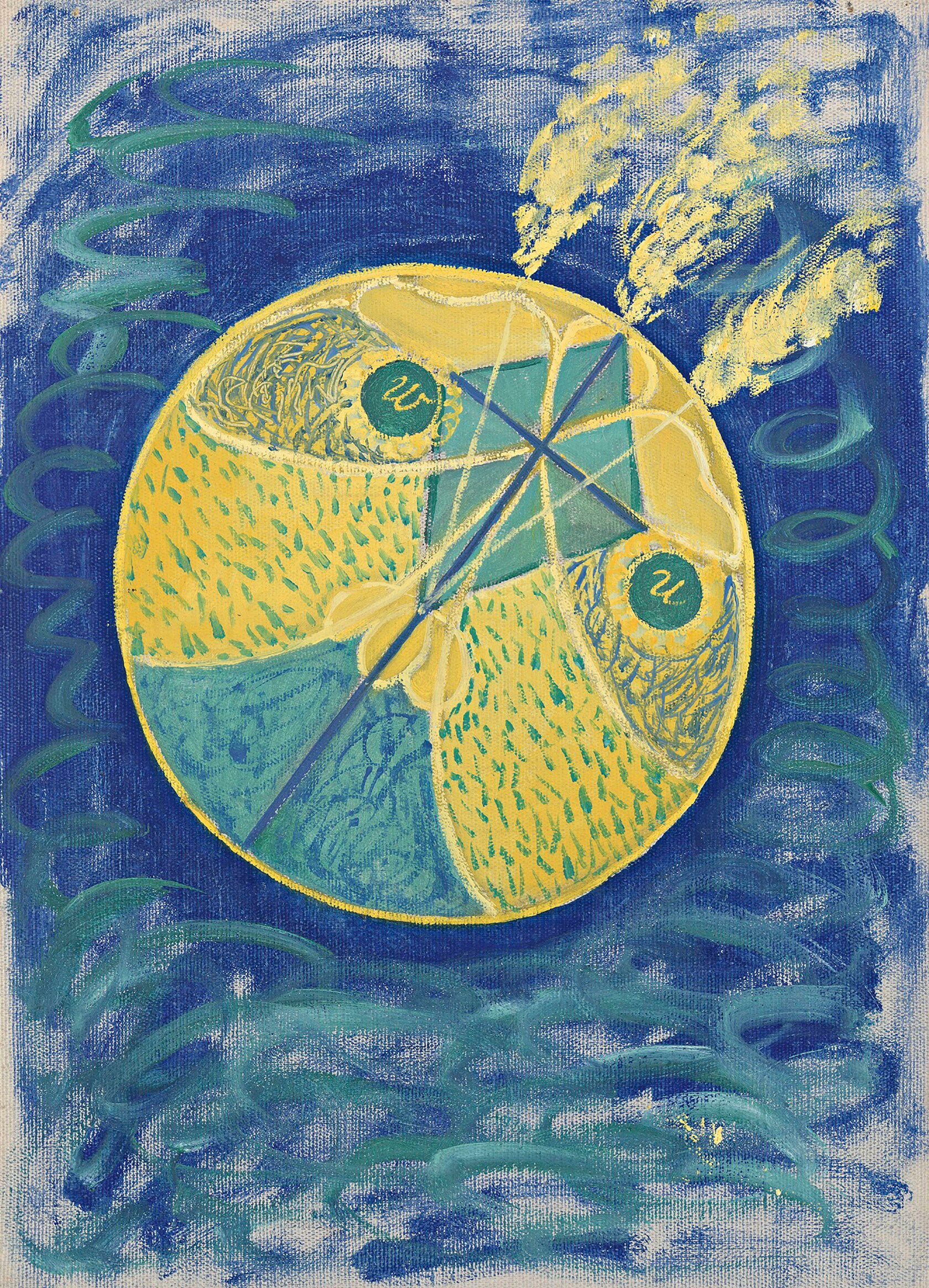
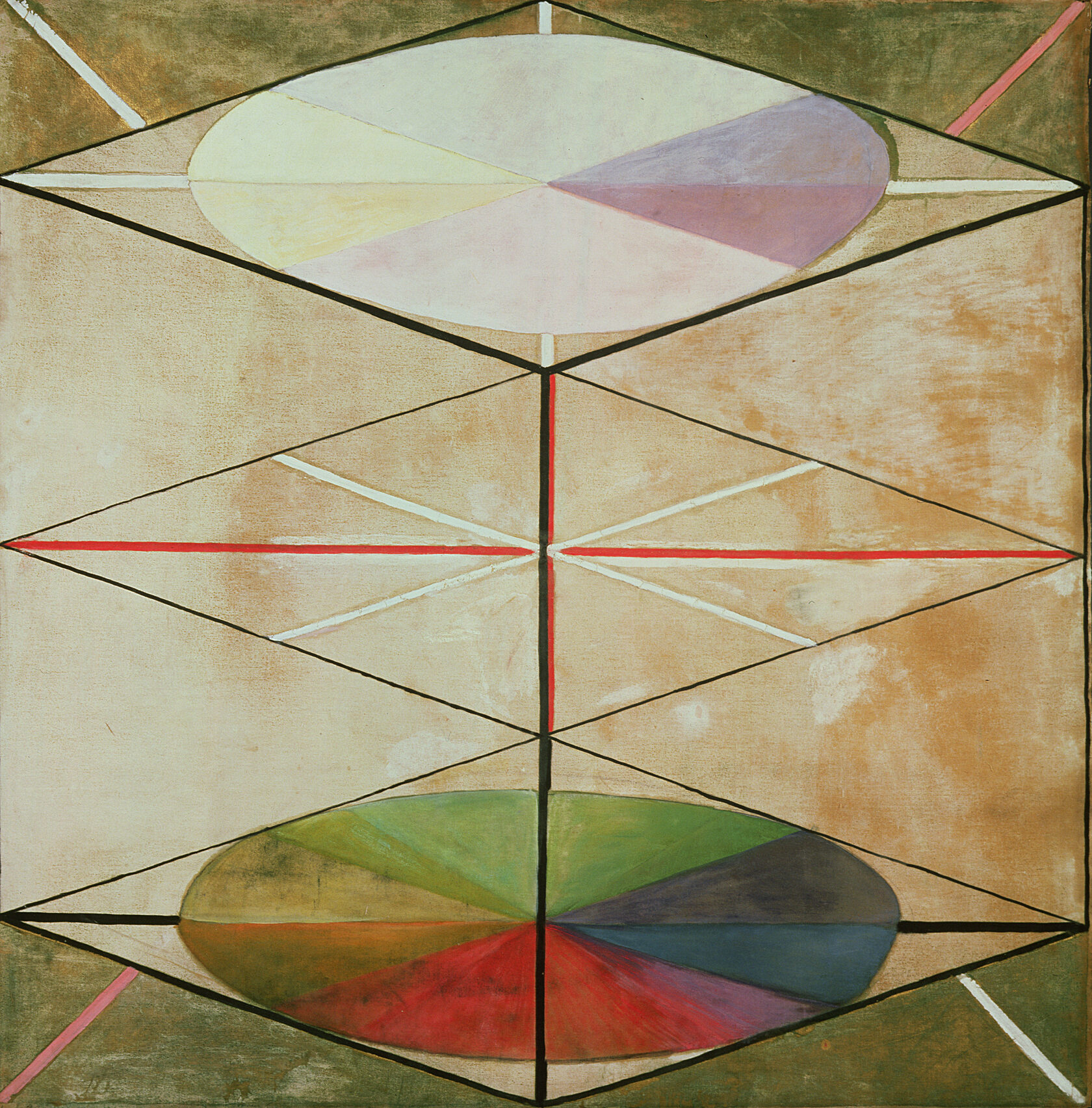




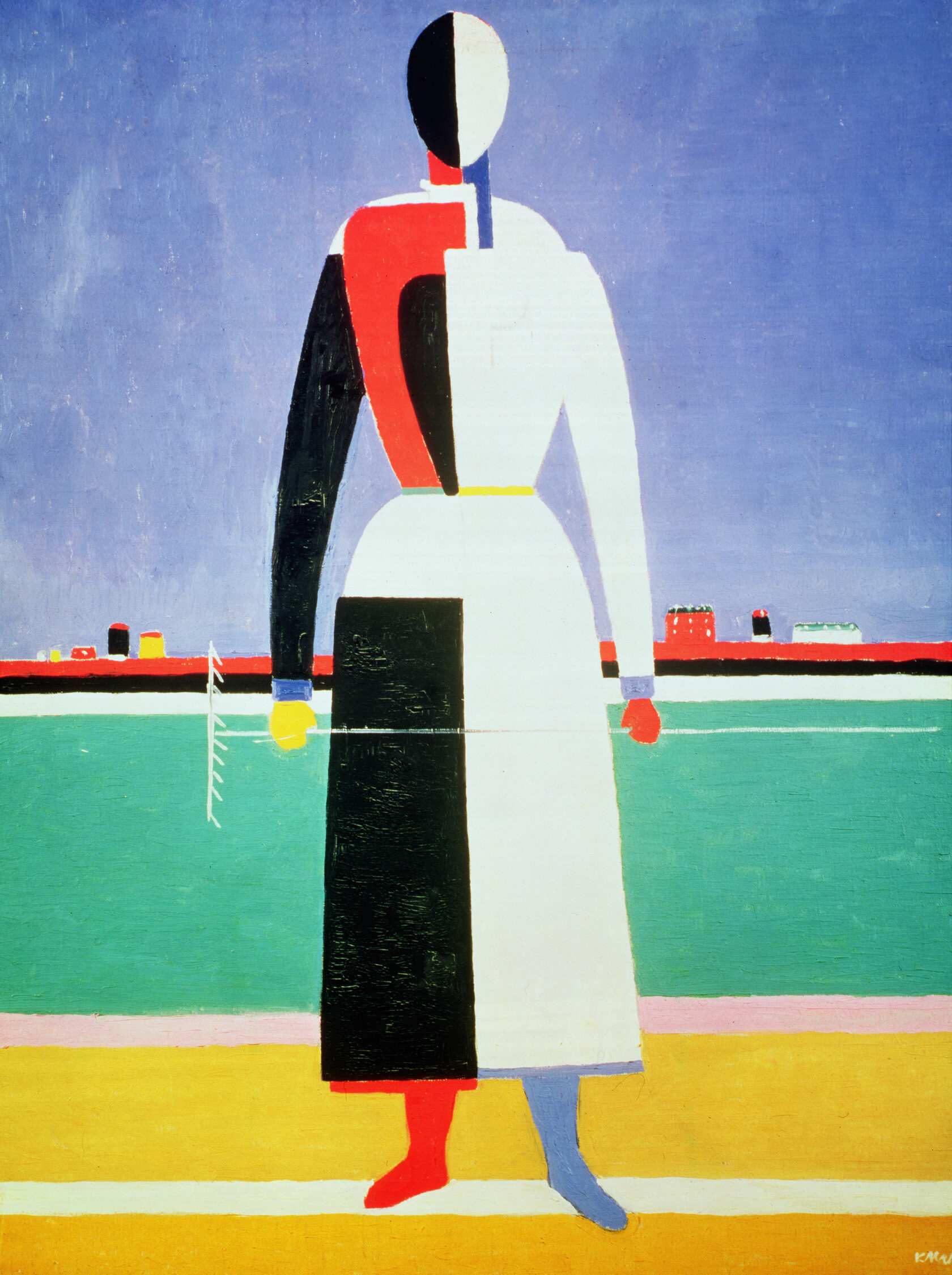
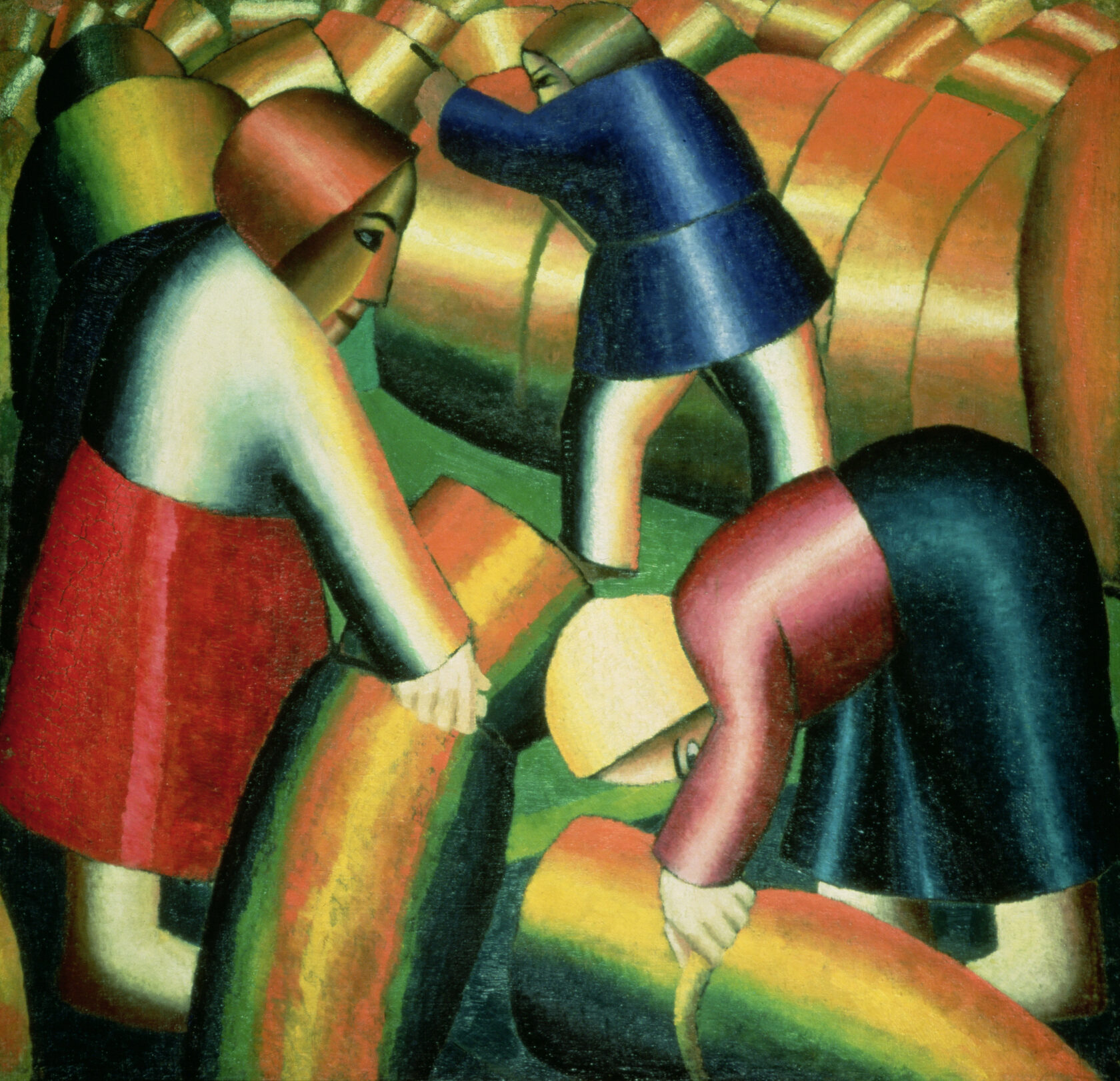
Hilma af Klint
Hilma af Klint (1862-1944) a Swedish born artist and one of the first women to attend the Royal Academy of Fine Arts in Stockholm. In 1882, at the age of 20, she enrolled at the Academy and spent the next five years studying drawing, portraiture and landscape painting.
Graduating with honors, she was awarded a studio in the Academy's "Atelier Building". Af Klint was making abstract art before Kadinsky, Malevich and Mondrian
And why are we only hearing about her now? When she died, aged 81, in 1944, she stipulated in her will that all of her work should not be shown until 20 years after her death. It was not until the 1986 Los Angeles show The Spiritual in Art that her work was seen in public, and although other shows have followed, it is through Stockholm's sensational 2013 exhibition, Pioneer of Abstraction, that she has blazed into view internationally – it was the most popular exhibition the Moderna Museet has ever held
Graduating with honors, she was awarded a studio in the Academy's "Atelier Building". Af Klint was making abstract art before Kadinsky, Malevich and Mondrian
And why are we only hearing about her now? When she died, aged 81, in 1944, she stipulated in her will that all of her work should not be shown until 20 years after her death. It was not until the 1986 Los Angeles show The Spiritual in Art that her work was seen in public, and although other shows have followed, it is through Stockholm's sensational 2013 exhibition, Pioneer of Abstraction, that she has blazed into view internationally – it was the most popular exhibition the Moderna Museet has ever held
Wassily Kandisky
Wassily Wassilyevich Kandisky (16 December 1866 – 13 December 1944)
a Russian-born artist, one of the first creators of pure abstraction in modern painting. After successful avant-garde exhibitions, he founded the influential Munich group Der Blaue Reiter ("The Blue Rider"; 1911–14) and began completely abstract painting. His forms evolved from fluid and organic to geometric and, finally, to pictographic
Kandisky, himself an accomplished musician, once said "Color is the keyboard, the eyes are the harmonies, the soul is the piano with many strings. The artist is the hand that plays, touching one key or another, to cause vibrations in the soul."
The concept that color and musical harmony are linked has a long history, intriguing scientists such as Sir Isaac Newton. Kandisky used color in a highly theoretical way associating tone with timbre (the sound's character), hue with pitch, and saturation with the volume of sound. He even claimed that when he saw color he heard music – this phenomenon is called synesthesia
a Russian-born artist, one of the first creators of pure abstraction in modern painting. After successful avant-garde exhibitions, he founded the influential Munich group Der Blaue Reiter ("The Blue Rider"; 1911–14) and began completely abstract painting. His forms evolved from fluid and organic to geometric and, finally, to pictographic
Kandisky, himself an accomplished musician, once said "Color is the keyboard, the eyes are the harmonies, the soul is the piano with many strings. The artist is the hand that plays, touching one key or another, to cause vibrations in the soul."
The concept that color and musical harmony are linked has a long history, intriguing scientists such as Sir Isaac Newton. Kandisky used color in a highly theoretical way associating tone with timbre (the sound's character), hue with pitch, and saturation with the volume of sound. He even claimed that when he saw color he heard music – this phenomenon is called synesthesia
Kazimir Malevich
Kazimir Severinovich Malevich (23 February 1879 – 15 May 1935) was
a Russian avant-garde artist and art theorist, whose pioneering work and writing had a profound influence on the development of non-objective, or abstract art,
in the 20th century.
Malevich was the founder of the artistic and philosophical school
of Suprematism, and his ideas about forms and meaning in art would eventually constitute the theoretical underpinnings of non-objective, or abstract, art.
Malevich worked in a variety of styles, but his most important and famous works concentrated on the exploration of pure geometric forms (squares, triangles, and circles) and their relationships to each other and within the pictorial space. Because of his contacts in the West, Malevich was able to transmit his ideas about painting to his fellow artists in Europe and the United States, thus profoundly influencing the evolution of modern art
a Russian avant-garde artist and art theorist, whose pioneering work and writing had a profound influence on the development of non-objective, or abstract art,
in the 20th century.
Malevich was the founder of the artistic and philosophical school
of Suprematism, and his ideas about forms and meaning in art would eventually constitute the theoretical underpinnings of non-objective, or abstract, art.
Malevich worked in a variety of styles, but his most important and famous works concentrated on the exploration of pure geometric forms (squares, triangles, and circles) and their relationships to each other and within the pictorial space. Because of his contacts in the West, Malevich was able to transmit his ideas about painting to his fellow artists in Europe and the United States, thus profoundly influencing the evolution of modern art



